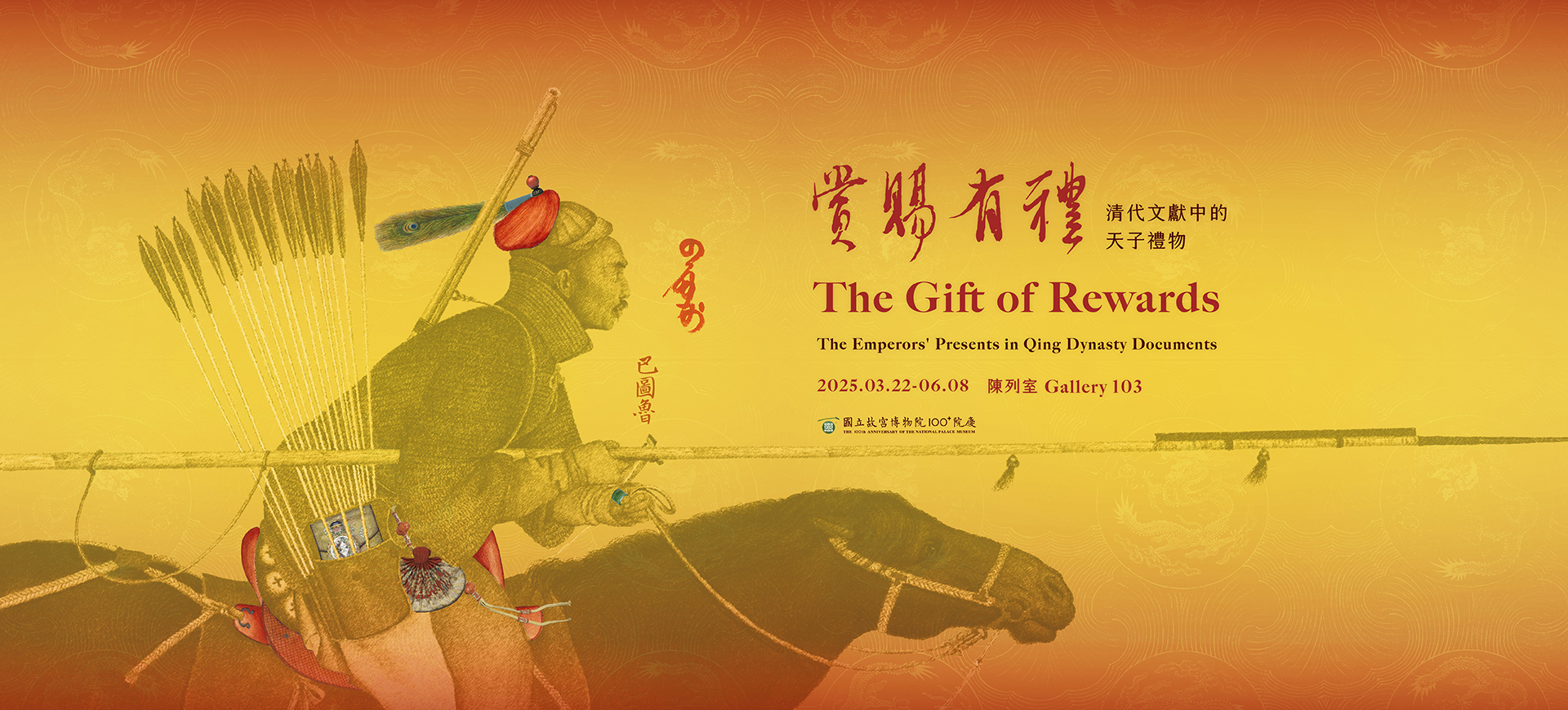The Methods of Gift-Giving
There is a way to the giving of rewards and meting out punishments. The word “way” in Chinese (“dao”) also means both a “channel” and a “principle.” The secret memorial system gradually formed in the late Kangxi reign, and, afterwards, the emperors of the Qing Empire used this channel to understand the situation with their ministers, control governmental affairs, and achieve the purpose of centralizing power.
Rewards, though, were sometimes not just the giving of gifts, but more like an exchange of obligations and responsibilities. The dialogue that occurred between the emperor and his ministers as seen in these memorials provides a glimpse into the complex social relations that lie behind these gifts.
-
The Power Behind Secret Palace Memorials: Confidential Correspondence between Wang Hongxu and Emperor Kangxi
Secret palace memorial
Presented by Wang Hongxu
Between 1705 and 1721, Qing dynasty
故宮002511-002558、故宮002570-002573In Qing dynasty dramas, one can often see scenes of the emperor reviewing palace memorials to the throne. However, what many may not realize is that the term and system of palace memorials was actually established by Emperor Kangxi himself.
During the early Qing dynasty, the bureaucratic documentation system often resulted in delays and information leaks. In response, Emperor Kangxi combined the Manchu custom of sending greetings with a new system: he instructed trusted officials to report local matters to him directly through “greeting palace memorials,” which he would then use to inquire about regional affairs. This method was eventually extended to regular ministers who would also submit palace memorials, leading to the formalization of their format and the establishment of palace memorials as a primary official communication tool in the Qing dynasty.
The current collection of “Wang Hongxu’s Secret Palace Memorials” documents the confidential communication between Emperor Kangxi and Wang Hongxu. Wang held several key positions including vice minister of the Ministry of Rites, minister of the Ministry of Works, and minister of the Ministry of Revenue. In general, after drafting palace memorials, officials would seal them and send them to the Forbidden City through trusted couriers. The palace memorials would then be delivered to the emperors for personal reviews.
This collection includes 52 secret palace memorials, written between 1705 and 1721, with a concentration between 1705 and 1708, which were the time when Kangxi embarked on his fifth southern inspection tour. Wang reported sensitive matters such as officials covering up for one another, taking bribes, embezzling public funds, and coercing Jiangnan women to travel to Beijing. Interestingly, the varying sizes of these secret palace memorials reflect the lack of standardized formatting during the early implementation phase of the palace memorial system.


